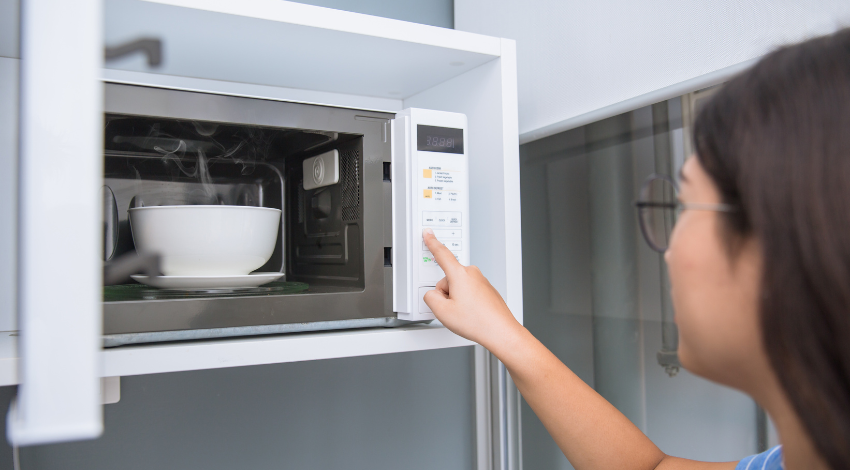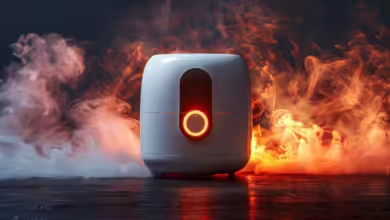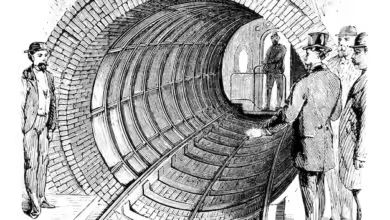Energy_regulator_of_an_electric_stove_with_a_glass-ceramic_hob

Electric stoves with glass-ceramic hobs are a popular choice in modern kitchens due to their sleek design, ease of cleaning, and precise temperature control. A key component that enables this precision is the energy regulator. This article will explore the function, types, benefits, and maintenance of energy regulators in electric stoves with glass-ceramic hobs.
1. What is an Energy Regulator?
An energy regulator is an essential part of an electric stove that controls the amount of electrical energy supplied to the heating elements. It ensures that the hob maintains the desired temperature, preventing overheating and allowing for energy-efficient cooking.
2. How Does an Energy Regulator Work?
The energy regulator works by cycling the power on and off to the heating element. The frequency of this cycling determines the temperature. For instance, at a low setting, the regulator will allow less energy to flow, resulting in a lower temperature. Conversely, a high setting will provide more energy and heat.
3. Types of Energy Regulators
- Simmerstats: These are the most common type of energy regulators. They use a bimetallic strip that bends with temperature changes, controlling the cycling of power.
- Solid-State Relays: These are more advanced and use electronic components to regulate energy flow, offering more precise temperature control.
- Infinite Switches: Often found in high-end models, infinite switches allow for continuous adjustment of heat levels, unlike the fixed levels of simmerstats.
4. Benefits of Using an Energy Regulator
- Energy Efficiency: By regulating the amount of energy used, these devices reduce electricity consumption, leading to lower energy bills.
- Temperature Control: Precise control over cooking temperatures allows for better cooking results and prevents food from burning.
- Safety: Energy regulators prevent the heating elements from overheating, reducing the risk of accidents in the kitchen.
5. Common Issues with Energy Regulators
- Inconsistent Heating: If the energy regulator is faulty, you may notice that the stove heats unevenly or does not maintain the set temperature.
- Complete Failure: A malfunctioning regulator may stop working altogether, leaving the heating element non-functional.
- Delayed Response: Sometimes, the regulator might take longer to adjust the temperature, leading to cooking delays.
6. Maintenance Tips for Energy Regulators
- Regular Cleaning: Ensure the stove is turned off and cool before cleaning the glass-ceramic hob to avoid damage. Clean the hob regularly to prevent buildup that can affect the performance of the energy regulator.
- Check Connections: Periodically inspect the electrical connections to ensure they are secure. Loose connections can lead to poor performance or complete failure of the regulator.
- Professional Servicing: If you notice any issues with temperature control, it’s advisable to have a professional check the energy regulator and other components.
7. Replacing an Energy Regulator
Replacing an energy regulator is a task best left to professionals due to the complexity of the stove’s electrical components. However, if you have the necessary skills and tools, you can follow the stove’s manual for guidance. Always ensure the stove is unplugged before attempting any repairs.
8. Choosing the Right Energy Regulator
When replacing an energy regulator, it’s crucial to choose one that is compatible with your stove model. Consider the following factors:
- Wattage: Ensure the regulator can handle the power output of your stove’s heating elements.
- Compatibility: Check that the regulator is designed for use with glass-ceramic hobs.
- Brand: Opt for regulators from reputable manufacturers to ensure durability and reliability.
9. The Future of Energy Regulators
Advancements in technology are leading to the development of smarter energy regulators. These devices will offer even more precise control, potentially integrating with smart home systems for remote operation and monitoring. As energy efficiency becomes increasingly important, future regulators may also include features that optimize energy use based on cooking habits.
10. Conclusion
The energy regulator is a critical component of an electric stove with a glass-ceramic hob, providing the necessary control for efficient and safe cooking. Understanding its function, maintenance, and the options available will help you make the most of your kitchen appliance. Whether you’re troubleshooting an issue or considering an upgrade, this guide offers the insights you need to ensure your stove operates at its best.




